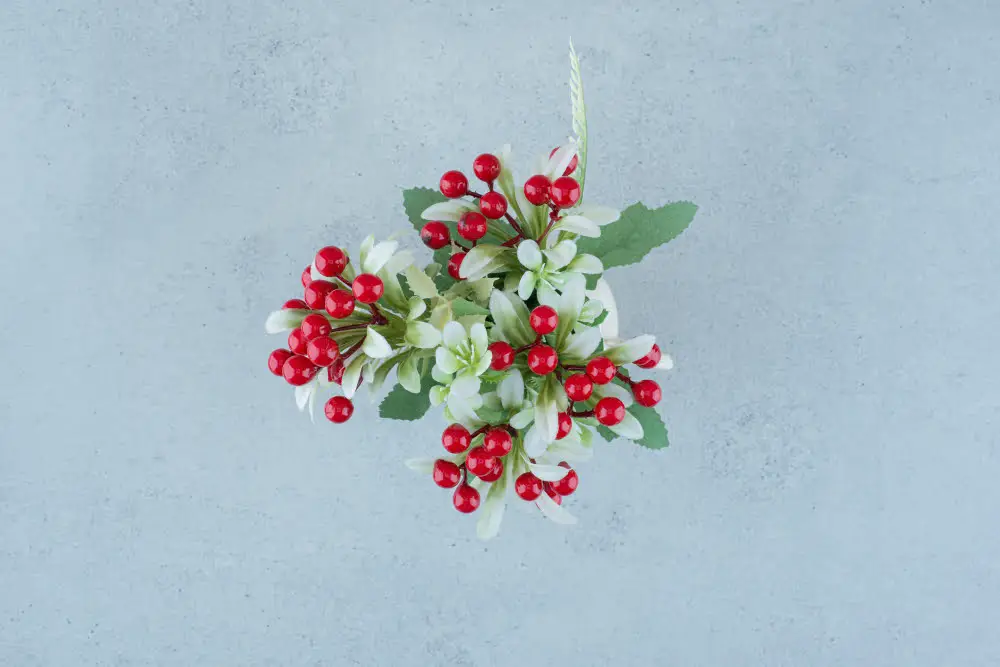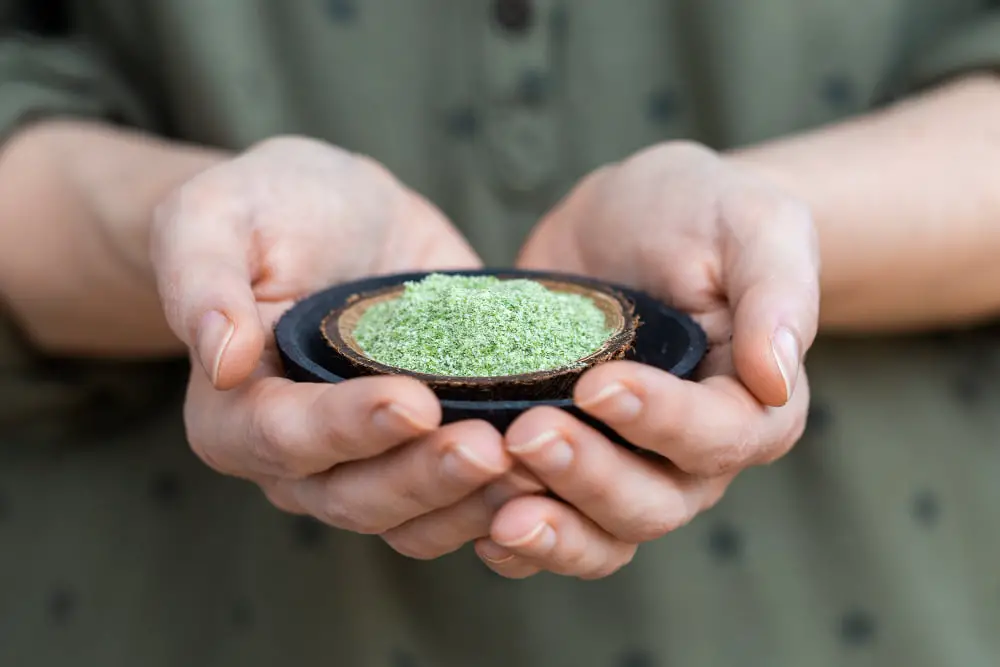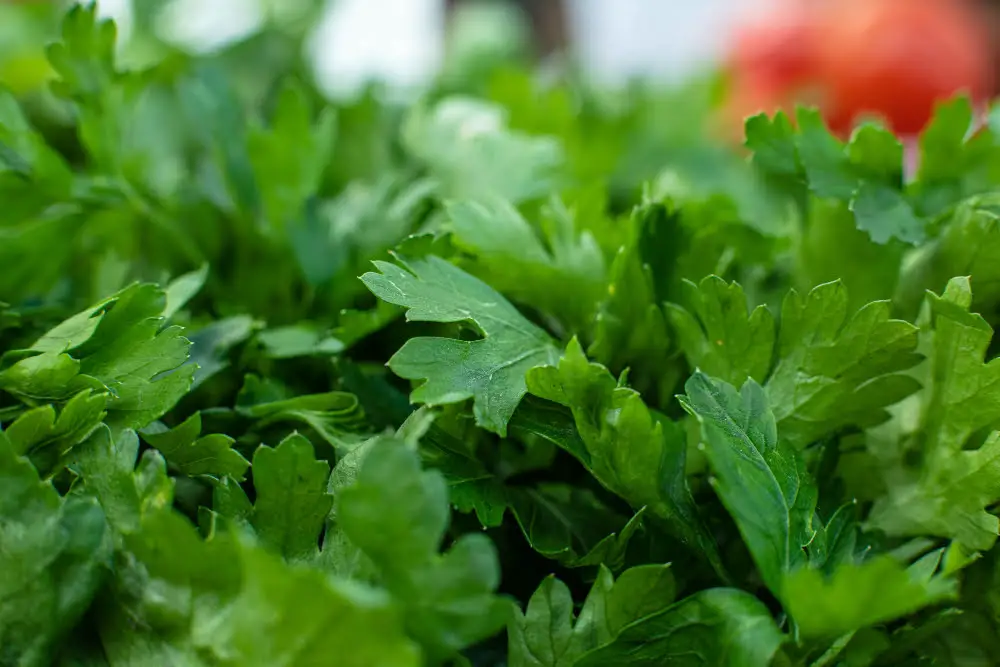Cramp bark (viburnum opulus) is a pain-relieving and anti-inflammatory shrub with clusters of red berries and white flowers on it. Native to Scotland and England, it grows well in the United States and Canada. With a height growing up to 16 feet, it is also known by the names snowball tree, water elder, guelder rose, European cranberry bush, squaw bush, and pimbina. Though it is unrelated to cranberry except for having red berries. Traditionally the dried bark is used for relieving muscle cramps during periods.
The other parts of the plant also have many benefits. The bark contains many natural compounds which have beneficial health effects. Cramp bark is often confused with Black haw (Vibernum prunifolium), having similar cramp relief properties. Some remarkable health benefits of cramp bark are;
Relieves menstrual cramps


As the name suggests, it is the most important use of cramp bark. Traditionally it has been used as an herbal medicine for muscle cramps, especially menstrual cramps. The Sesquiterpenes (Viopudial), Salicylates, and Coumarins (scopoletin and scopaline) present in it have an anti-inflammatory, analgesic, and antispasmodic effect, which help to relieve severe muscle cramps with sweaty chills and nausea. An in vitro study supports the antispasmodic and hypotensive properties of cramp bark. Cramp bark tea is traditionally prepared by boiling two teaspoons of its bark with one cup of water for 10 minutes. Consuming this tea two to three times a day during mensuration helps in relieving muscular cramps and migraines.
For Kidney Health


Cramp bark is used as an alternative medicine for maintaining healthy kidney function. Hypocitraturia, a condition that arises because of the lower levels of citrate in the urine, is one of the risk factors for developing kidney stones. Its fruit is rich in citrate. So people developing kidney stones because of citrate deficiency are advised to take its fruit. In recent research, it has been indicated that it helps to prevent kidney stones. Proanthocyanidin(PAC) in cramp bark helps to prevent urinary tract infections (UTI) by preventing bacteria E. coli from sticking to the mucosal walls of the urinary tract.
In postpartum relief
After childbirth, the uterus contract and continuously relax to shrink to its original size. This cramping or afterpain feels like a menstrual cramp and is called labor contractions. Cramp bark eases uterine cramps and also relieves muscle pain caused by pushing the baby out. Guelder rose reduces muscle tension without altering the normal contraction process, thus easing childbirth. It also helps to control heavy bleeding and excessive blood loss after delivery. It is also known to prevent miscarriages. However, it is suggested to take medical advice for its consumption during pregnancy or childbirth as it disturbs digestion.
In type 2 diabetes
Dietary intake of antioxidants has been found to play a significant role in protecting against type 2 diabetes. Cramp bark is rich in flavonoids and carotenoids, which are antioxidants and thus help to prevent and reverse damage at the cellular level in our body. In a study, guelder rose extract has been observed as a promising source of active compounds with anti-diabetic properties.
As nerve tonic
Guelder rose has nervine (calming and soothing the nerves) properties. It has been traditionally used to treat nervous complaints like fits, lockjaw, heart palpitations, convulsions, and hysteria. It balances the sympathetic and parasympathetic nervous systems, which are involved in our body’s voluntary and involuntary muscular activities. Cramp bark is a sedative and is used to treat anxiety, panic attacks, and sleep disorders.
Muscle relaxant


The vipudial present in this herb makes it an excellent muscle relaxant for its antispasmodic effect. It helps to relax stressed and tense muscles, thus relieving pain. It effectively relaxes voluntary and involuntary muscles, thus reducing gastrointestinal, bronchial, and skeleton muscle spasms.
Improve blood circulation
The relaxing muscle effect of cramp bark improves blood circulation as blood flows more efficiently in relaxed muscles, which results in better removal of waste and toxins from the body. It is also a vasodilator which causes the lowering of blood vessels and heart rate.
In endometriosis
Endometriosis is a condition where there is an overgrowth of endometrial tissues outside the uterus which leads to menstrual cramping. A study involving rats has shown to reduce the growth of endometrial tissue with endometrium growth in its natural place within the uterus. It is also helpful in treating painful periods and ovarian cysts.
In cancer prevention
Guelder rose berries juice have been found to show antitumor or anti-cancer property. In a study viburnum opulus extract showed anti-cancer activity in rats. The antioxidant and anti-inflammatory properties of cramp bark help prevent tumor growth by scavenging free radicals and soothing inflamed organs.
Concluding thoughts
The inclusion of Cramp bark into one’s daily routine offers a myriad of remarkable health advantages. Notably, its benefits extend significantly to females, especially in today’s fast-paced lifestyle, where finding time to rest during painful menstrual periods can be a challenge. Often, this leads many women to resort to pharmaceutical analgesic drugs, despite potential side effects. However, Cramp bark emerges as a superior and natural alternative, presenting the opportunity for regular usage with minimal adverse effects. By embracing Cramp Bark, individuals can pave the way for improved well-being, particularly for women facing the difficulties of managing discomfort during their menstrual cycles. It stands as a testament to the power of nature in providing gentle yet effective solutions to common health concerns.
Hope you find this post useful!
If you want to read more of our content, please visit our blog
Featured Image by azerbaijan_stockers on Freepik
DISCLAIMER – The tips provided are for informational purposes only and do not constitute professional advice




